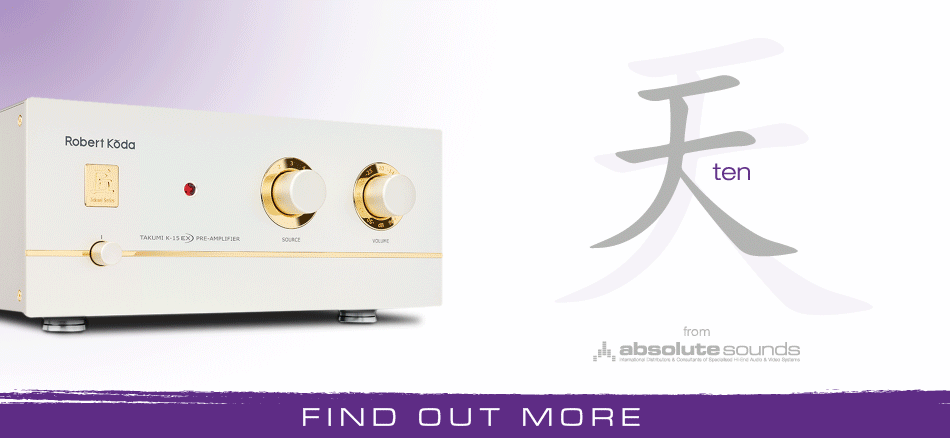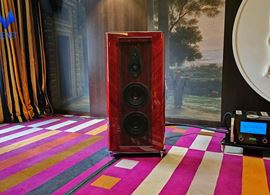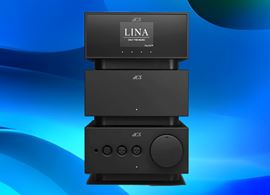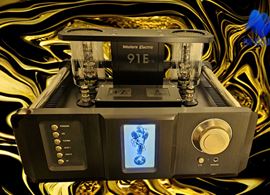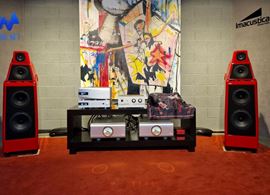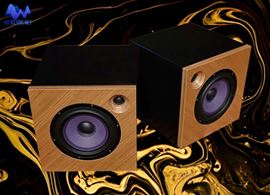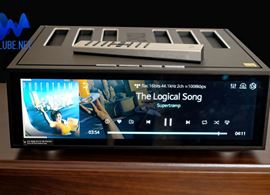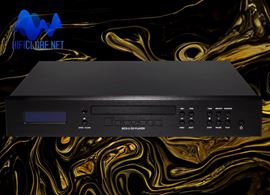Naim commemorates its 50th anniversary with a special edition of the NAIT integrated amplifier.
As many of the brands that have accompanied me throughout my audiophile journey celebrate their 50th anniversary one after another, it makes me realise that I have been around for a long time, maybe too long. Due to my long experience, I am not easily surprised by new products coming to market. However, the little NAIT 50 proved me wrong at the first whisper and surprised me with its exceptional sound quality.
Naim's 50th-anniversary model wasn't released until 1983, the distant year I started writing for hi-fi magazines, so 'only' 40 years ago, while Naim was founded in 1973 by Julian Vereker, whom I still had the honour of meeting in person.
But the NAIT was undoubtedly the British brand's most iconic model, of which I believe there were at least five versions, followed by the SuperNAIT generation.
Naim rightly chose the original NAIT as the inspiration for its 50th-anniversary model which was first showcased at Highend 2023 in Munich. I suggested a listening test back then, but only now have I managed to hear it. And have enjoyed every minute.
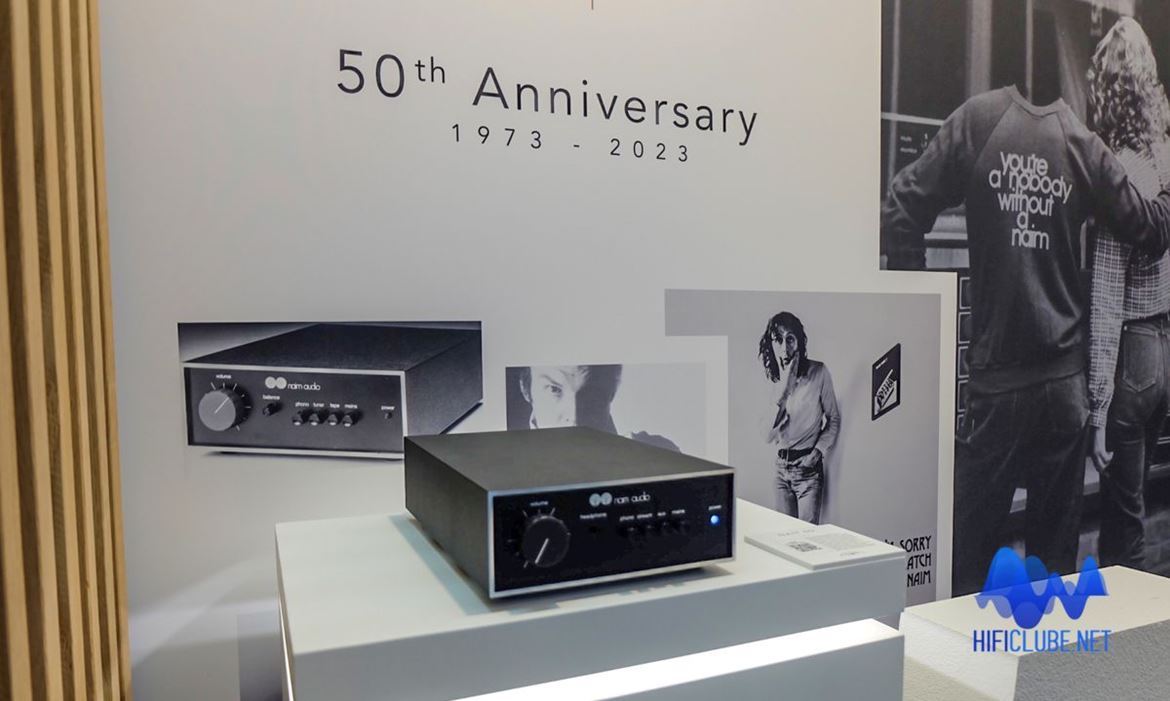
The 50th-anniversary model was first showcased at Highend 2023 in Munich.
Discover the differences
At a glance, the NAIT 50 appears identical to the NAIT 1. However, upon closer inspection, I noticed that the front and back panels are now made of anodised aluminium, as is the volume button, which is still on the left-hand side (just as well, because I'm left-handed) and is now also black instead of dark grey, as it was on the original model.
The new changes include the headphone socket replacing the channel balance button and a white LED replacing the previous green one, if memory serves.
Four push buttons switch the sources and power: Phono, Aux and Stream. The 'Power/Standby' button is labelled Mains, which is another British peculiarity. The white LED is excessively bright, even in standby mode. At night, it lights up my office like my smartphone's lantern.
Inside, everything has changed. The Class AB amplifier is new, as are the discrete Class A preamp circuit and MM Phono stage. And, of course, the new headphone amplifier based on the NCS222.
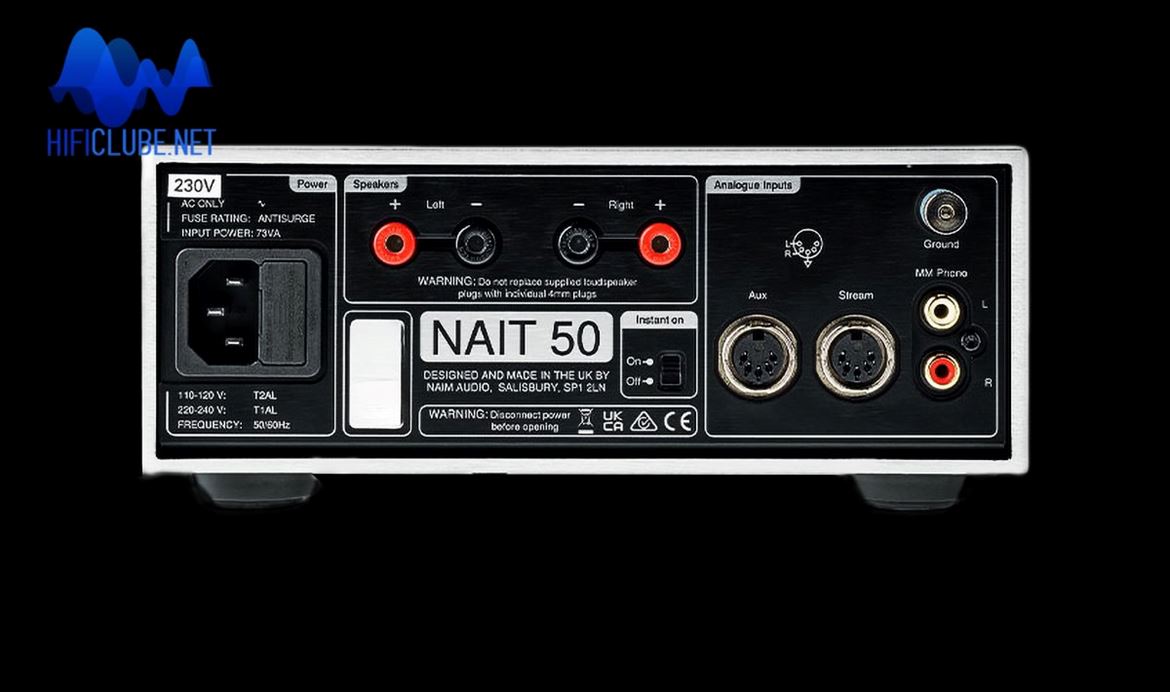
The connection options are limited to Phono (RCA), Aux and Streamer (five-pin DIN plugs).
The return of DIN plugs
The connection options are limited to Phono (RCA), Aux and Streamer (five-pin DIN plugs). To be honest, I am not particularly fond of DIN plugs, which are a very British fad from the seventies. You'll need to buy an RCA-to-DIN cable or negotiate one with Esoterico/Smartstores as it's not included in the package. Seriously, a 2999 euros 25-watt integrated that doesn't even come with the necessary cable, which incidentally isn't easy to find either!
Fire at will
Fortunately, I received a pair of Naim RCA-to-DIN cables from Alberto Silva at Smartstores. I connected the streaming stage of the Rose RS520 to the 'Stream' input using these cables. Alternatively, I could have connected it to the Aux input to achieve the same results. Meanwhile, I connected the NAIT 50 to a pair of Sf Concertino speakers using Inakustik cables terminated with bananas.
Mamma mia!
Heck, I've heard amplifiers with supposedly 100 W that seemed to have less power available to feed the Concertino, which has a complex impedance phase. The 25 W of the NAIT 50 must be driven with steroids. The volume control never went past the 12 o'clock mark.
Listen to the NAIT 50 at Esoterico or your local dealer, so you understand the true meaning of 'dynamic sound': it's 25W of pure energy (225W on peaks)!
The output of the NAIT 50 is instantaneous and clean, delivering fast transients, a sense of presence with voices, punchy bass, and an unrivalled rhythm that is Naim's trademark. I may have felt a slight rounding of frequency extremes with a welcome smoothing of Paul Simon’s sibilance in Fifty Ways to Leave Your Lover.
However, the amplifier’s dynamic performance is such that sometimes I had to get up and run for the volume control (there is no remote control) when the sound soared without compression, especially in Rachmaninov's Symphonic Dances (Reference Recordings). The NAIT 50’s ability to swing from soft to loud passages is impressive.
The amplifier’s dynamic performance is such that sometimes I had to get up and run for the volume control.
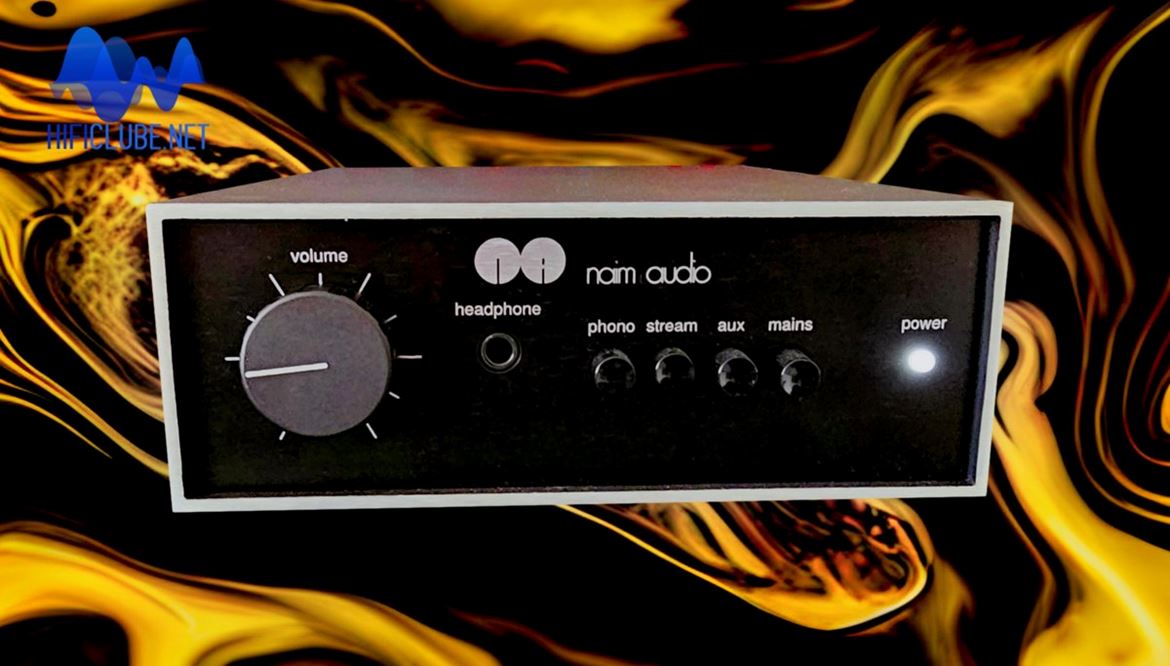
NAIT 50, the amplifier in black, celebrates Naim's golden anniversary with 21st century sound.
The man in black
The NAIT 50 is also a great companion for more intimate musical moments. Have you ever heard David Radcliff, aka ‘The Ghost of Johnny Cash’, singing Simon and Garfunkel's The Sound of Silence in that exquisite low tempo with a guttural bass voice that seems to make Johnny Cash come back to life? I had my streamer on free rein, selecting tracks automatically, and I shuddered when Cash barged into the room through Radcliff as if he were a medium.
I was amazed by how similar the voice sounded. It made me wonder whether Radcliff had used artificial intelligence or acoustic manipulation to replicate Johnny Cash's voice. Or else, it's the NAIT 50 that enables us to hear voices from beyond the grave.
The NAIT 50 might be some sort of medium that enables us to hear voices from beyond the grave.
Shortly afterwards, I heard the famous original duo singing the same song live in New York's Central Park. The audience went into ecstasy, screaming, cheering, and applauding either in groups of thousands or isolated here and there, and I could clearly hear them right to the back of the park.
Freya Ridings' husky voice resounded in the room, present yet keeping her distance by sitting in the lap of judicious electronic reverberation in Lost Without You, with sparse piano accompaniment, wrapped up in a synthesiser bubble reminiscent of London Grammar.
The small NAIT 50 doesn't shy away from the oppressive throbbing of synthesised bass. Still, it retains the definition and attack of the percussion transients without blurring the sharp edges in Liberty Life by Mark Tonnet (Deep & Sexual) or Crooked by Smilk.
Holy Cole's powerful voice, sounds worn out, possibly by excess tobacco in Je Ne T’Aime Pas from the album Don't Smoke in Bed, while she's being gently kissed by David Piltch's double bass and perfumed by the delicate daisy petals that fall from Aaron Davis' piano: he loves me, he loves me not. Yes, with the NAIT 50 we can also listen just for the love of music.
Want to know why Naim is renowned for its bass articulation and definition? Listen to Soothing by Laura Marning, while she sings over a rhythmic foundation of bass and drums.
What about classical music? Listen to the Allegro Moderato from Schubert's 8th Symphony (Unfinished) by KlangKollektiv Wien, conducted by Remy Ballot, and you'll realise that the NAIT 40 isn't daunted when asked to reproduce the transcendental atmosphere that emerges from the symphony’s tonal and dynamic complexity.
Speakers or headphones?
The NAIT 50 is a great little integrated amplifier. And as if that weren't enough, the headphone amplifier matches its performance. I plugged in a pair of Hifiman planar magnetic headphones, which are supposed to be hard to drive, and once again I couldn't get past 12 hours on the volume control.
Have you ever heard The A's singing quasi-acapella When the Bloom Is on The Stage? The feeling of them whispering in my ears was uncanny. What about My Little Angel, by the Blues Company: Vocals, electric guitar, drums, and one hell of a bass! And Fink's percussive guitar playing technique in Trouble is What You Are In, live?
I can guarantee that the NAIT 50 is one of the finest analogue integrated amplifiers I have ever come across. Its musical output is crystal clear, dynamic, and thoroughly enjoyable, and nothing seems to be lost in translation.
The NAIT 50 may have a twist of intentional 2nd (and 3rd at higher levels) harmonic seasoning, but for a good reason. It gives the sound substance and body, much like a fine tube amplifier.
Music or fantasy?
Asking just a hair less than €3,000 for an artisanal 25W shoebox may seem a bit optimistic, even if it's a limited-edition commemorative model (only 1973 units will be made). That is, until you hear it. Then you realise it is worth every penny.
The little NAIT 50 is the David that takes on and defeats many of the Goliaths of the audio world.
If you are a music lover, the NAIT 50 is an excellent choice. However, if fireworks are more your thing, there are many modern, versatile, affordable, and powerful alternatives available that promise a world of wonder and excitement that soon fades into the foam of time.
Accordingly, I finished my audition with Dan Platansky in Big Things Going Down, because the little NAIT 50 is the David that takes on and defeats many of the Goliaths of the audio world.
Conclusion
The NAIT 50 is a small, purely analogue 25-watt integrated amplifier with a high price tag of €2999. However, it offers exceptional sound quality that outperforms many more expensive and larger amplifiers. Hificlube strongly recommends this amplifier because of its finesse and aplomb, with which it delivers an outstanding performance.
For further information, contact

